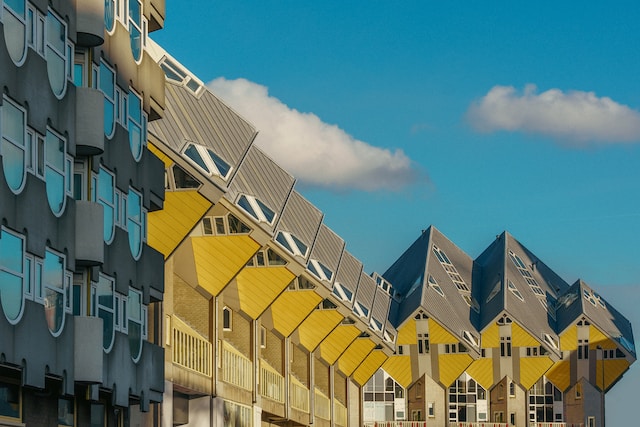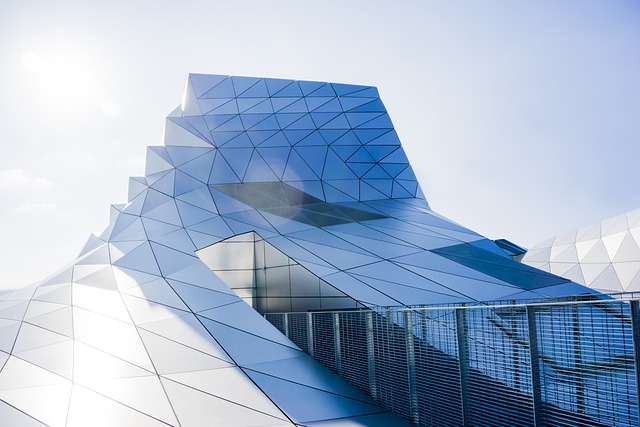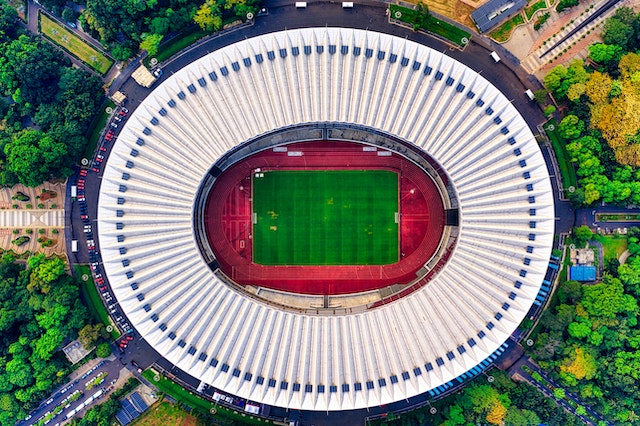When I was a budding architect, Europe was my classroom. I walked its streets with a sketchbook, absorbing the whispers of the past and the bold statements of the present. From historic monuments to groundbreaking contemporary structures, Europe has been a canvas for architectural evolution. For those of you seeking to witness the avant-garde masterpieces of the continent, I present a curated guide to some of the most remarkable contemporary buildings that Europe boasts.
The Renaissance of Modern Architecture
In the last fifty years, Europe has seen a surge in architectural innovation. As urban landscapes evolved, there was a harmonious blend of history with modernity. This marriage resulted in some awe-inspiring structures that command our attention. Here are a few that, in my professional opinion, are not just buildings but experiences.
1. Vitra Campus, Weil am Rhein, Germany

Situated near the borders of Switzerland and France, the Vitra Campus is a playground for architecture enthusiasts. With contributions from globally renowned architects such as Zaha Hadid, Frank Gehry, and Tadao Ando, it’s no surprise that this location is a melting pot of styles and innovation.
Fire Station by Zaha Hadid: One of her earliest works, this building breaks conventions with its dynamic angular forms. VitraHaus by Herzog & de Meuron: A series of stacked houses, it showcases the seamless blend of design and functionality.
2. The Harpa Concert Hall, Reykjavik, Iceland

A marvel that resonates with the beauty of its surroundings, the Harpa Concert Hall is a testament to the wonders of geometric design. This cultural and social hub, designed by Henning Larsen Architects and artist Olafur Eliasson, stands proud with its multifaceted glass façade, mimicking the basalt landscapes of Iceland.
Interactive Facade: One can’t help but marvel at the play of light and reflections, making the building come alive. Acoustic Brilliance: Its halls are an acoustic dream, proving that the marriage of form and function is truly beautiful.
3. The City of Arts and Sciences, Valencia, Spain

Designed by Santiago Calatrava and Félix Candela, this futuristic city is not just a single building, but a complex of edifices that stretch the imagination. White concrete and reflective pools play with the Mediterranean sunlight, giving the entire space an otherworldly aura. L’Hemisfèric: An IMAX cinema, planetarium, and laserium combined in an eye-shaped wonder. El Palau de les Arts Reina Sofia: An opera house and performing arts center, it’s a swan in architectural brilliance.
The Journey and the Destination
In my travels and studies, I’ve often found that the journey is as enriching as the destination. Each building has its story, its challenges, and its solutions. As you walk through these contemporary wonders, try to feel the pulse of the era they were born in and the aspirations of the architects who designed them.
Beyond the Icons
While the aforementioned structures have earned their places in the spotlight, Europe brims with lesser-known gems that bear testament to the audacity of modern architects. Here are a few under-the-radar masterpieces you might not find in every guidebook but are worth the detour.
4. Cube Houses, Rotterdam, Netherlands

Designed by Piet Blom in the 1970s, these tilted cube-shaped houses challenge our perceptions of a traditional home. Resting atop hexagonal pylons, they represent a forest, with each house symbolizing a tree, creating a unique urban forest in the heart of Rotterdam.
Spatial Design: While the exterior intrigues, the interiors showcase the innovative use of space in a tilted cube setting. Community Essence: The cluster of these houses creates a communal vibe, fostering a neighborhood spirit.
5. Dancing House, Prague, Czech Republic

In the historic city of Prague, where Gothic and Baroque structures dominate, the Dancing House stands out. This deconstructivist masterpiece by Frank Gehry and Vlado Milunić is a poetic rendition in concrete and glass, embodying the dance figures of the legendary dancers, Fred Astaire and Ginger Rogers.
Curvilinear Elegance: With its dynamic twisting structure, the building seems to sway and twirl amidst the surrounding traditional edifices. Rooftop Views: The top floor houses a restaurant providing panoramic views of the Vltava River and the city.
6. Bodegas Ysios, La Rioja, Spain

The wine region of La Rioja is not just known for its exquisite wines but also for its bold architectural ventures. Santiago Calatrava’s Bodegas Ysios is a winery that looks futuristic yet harmoniously blends with the mountainous backdrop.
Wave-Like Facade: The undulating aluminum and cedarwood façade represents the rolling vineyards of the region.
Sensory Experience: The winery offers tours that are a treat for the senses, combining architectural marvel with wine-tasting sessions.
Ongoing Architectural Symphony

Through my lens as an architect, Europe emerges not just as a historic treasure trove, but as an ongoing symphony of design and innovation. Each city, each corner holds a surprise, a tale waiting to be discovered. As you set forth on your architectural journey across the continent, remember to look beyond the obvious. For in the shadows of the iconic, lie stories of audacity, vision, and genius awaiting their moment in the sun.
My European escapades taught me that architecture is not static. It’s an evolving dialogue between the past, present, and future. These contemporary landmarks, in their audacity and innovation, speak volumes of where we are headed as a civilization. They challenge norms, inspire change, and most importantly, they tell the world that Europe, with its rich tapestry of history, is still at the forefront of architectural innovation.




